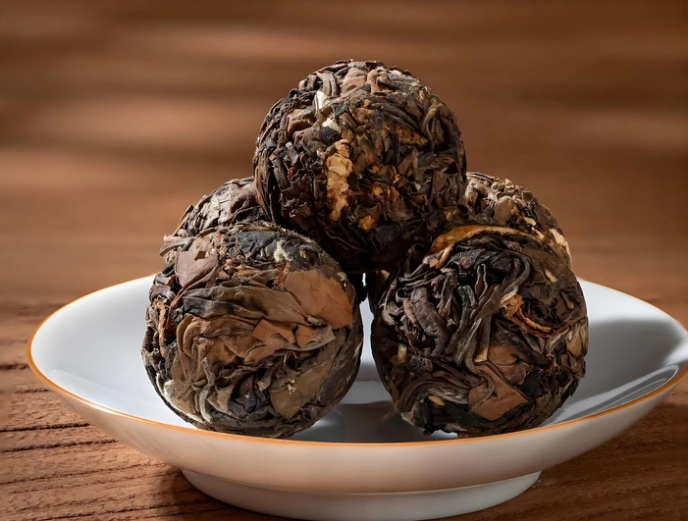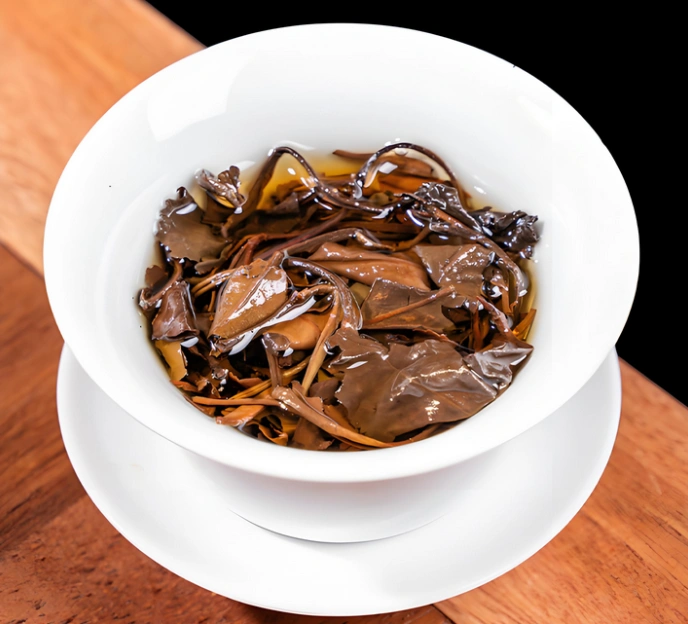Shou Mei White Tea greets your senses with warm amber hues and whispers of honeyed florals—yet it’s much more than a pretty cup. Harvested from the tender leaves of mature tea bushes, Shou Mei white tea offers a gentle caffeine lift, powerful antioxidants, and a rich, soothing aroma.
In this journey, we’ll explore its origins, tantalizing flavor, and healthful benefits, compare it to other beloved varieties like Silver Needle white tea, White Peony tea (Bai Mudan), and Gong Mei white tea, and share expert brewing tips. Whether you’re craving a mindful morning ritual or a tranquil afternoon pause, Shou Mei white tea invites you to savor every sip.
Introduction to Shou Mei White Tea: From Leaf to Cup
Close your eyes and breathe in the fragrance of Shou Mei white tea—a fusion of ripe apricot, delicate honey, and a hint of toasted almond. Unlike its younger-bud cousins, Shou Mei leaf is plucked later in the spring, yielding a darker, more robust brew that still retains white tea’s signature gentle spirit. Think of it as nature’s lullaby for your soul: soothing yet enlivening, simple yet intricate.

Origins & Craft: From Ancient Trees to Your Cup
Growing Regions and Harvest Season
Shou Mei white tea hails from the mist-shrouded mountains of Fujian, China, where tea bushes thrive at elevations above 1,000 meters. Harvested once a year during the Spring’s mid-season, only the upper leaves and buds are handpicked at dawn, when dew still clings to each silvery tip.
Withering and Drying Process
After plucking, the leaves undergo a gentle wither in cool, shaded rooms. This step lowers moisture and concentrates natural sugars. Next, the leaves are briefly sun-dried before a final indoor finish removes residual moisture—preserving the tea’s complex aroma and nourishing polyphenols.
Flavor Profile & Aroma: A Symphony of Notes
Tasting Notes: Fruity, Floral, Earthy
On the first sip of Shou Mei white tea, you’ll taste lush stone-fruit sweetness—apricot or ripe peach—followed by whispers of jasmine petals and a grounding hint of warm cedar. Its medium body invites you to linger, coat your palate, and discover new subtle layers with each sip.
Comparing Silver Needle, White Peony, and Gong Mei
- Silver Needle white tea features only unopened buds, yielding a silvery infusion with a whisper-light mouthfeel and subtle orchid notes.
- White Peony tea (Bai Mudan) blends buds and leaves for a richer color and a gentle toasty undertone.
- Gong Mei white tea, similar to Shou Mei, offers a slightly darker liquor and stronger honeyed sweetness—yet Shou Mei stands out with its perfect balance of fruit and florals.

Health Benefits of Shou Mei White Tea
Rich in Antioxidants
Shou Mei white tea brims with catechins and polyphenols—nature’s free-radical fighters. A study in the Journal of Agricultural and Food Chemistry found that white teas retain over 80% of antioxidant activity even after simulated digestion (Stalmach et al., 2015; link). These compounds support cellular health and help combat oxidative stress.
Gentle Caffeine Boost
With roughly 15–30 mg of caffeine per cup, Shou Mei white tea offers a calm lift—enough to spark focus without jitters. Unlike coffee’s rapid spike-and-crash, this steady energy can carry you through morning tasks or an afternoon lull.
Research Spotlight: Heart and Metabolism
Emerging research suggests white tea polyphenols may promote healthy cholesterol levels and modestly increase fat oxidation (Boschmann et al., 2013; European Journal of Clinical Nutrition; link). While not a magic bullet, incorporating Shou Mei into a balanced diet can complement weight-management efforts.
Shou Mei vs. Other White Teas
Exploring other white teas helps us appreciate Shou Mei’s unique charm:
- Silver Needle white tea: ethereal, light-bodied, perfect for pure tasting sessions.
- White Peony tea (Bai Mudan): fruitier and deeper in color, offering a heartier sip.
- Gong Mei white tea: darker leaves yield a sweet, woodsy profile.
- Shou Mei white tea: the ideal mid-point—balancing body and delicacy for everyday enjoyment.
Brewing Shou Mei: Tips for Best Flavor
Water Temperature & Steep Time
- Temperature: 185–195°F (85–90°C) preserves delicate aromatics.
- Steep Time: 3–4 minutes for a medium infusion; extend to 5 minutes for deeper sweetness.
Multiple Infusions
Shou Mei white tea rewards exploration: up to three infusions coax out evolving flavor—from bright florals in the first brew to richer sweetness in later steeps. Use a wider gaiwan or teapot to allow leaves room to unfurl.

🔗 To learn more about how to make tea, check out Tanbiwencha’s YouTube video explaining how to make tea.
Tanbiwencha’s Shou Mei Selection: Premium Picks
For a truly exceptional Shou Mei white tea experience, consider Tanbiwencha’s handcrafted batches:
- Spring Dawn Shou Mei: Fresh and floral, with vibrant apricot notes.
- Ancient Arbor Shou Mei: Sourced from century-old bushes, offering a deeper, honeyed complexity.
Each tin is sealed for freshness and sourced via sustainable, smallholder farms committed to organic practices.
Real-Life Rituals: Incorporate Shou Mei into Your Day
Morning Mindfulness
Begin your day with a steaming cup of Shou Mei white tea. The gentle caffeine and floral aroma awaken your senses without rushing your mind—perfect for journaling or meditation.
Office-Friendly Tea Break
Swap your mid-morning coffee for Shou Mei white tea. Its smooth uplift and antioxidant bonus support concentration and calm in back-to-back meetings.
Evening Wind-Down
While low in caffeine, a late afternoon cup of Shou Mei soothes the nerves. Enjoy it alongside a light snack to settle and refresh before evening activities.
FAQs: Your Shou Mei Questions Answered
Q1: How many grams of Shou Mei per cup?
Use 2–3 grams (about 1 teaspoon) per 6 oz (180 ml) water for balanced flavor.
Q2: Can I drink Shou Mei daily?
Yes—its mild caffeine and healthful antioxidants make it perfect for daily sipping.
Q3: Is Gong Mei white tea the same as Shou Mei?
Similar in processing, Gong Mei often uses slightly larger leaves; Shou Mei tends to be harvested a bit later, yielding richer sweetness.
Conclusion & Next Steps: Savor Every Sip
Shou Mei white tea stands at the heart of white tea’s gentle yet complex world. With its lush flavor, health benefits, and daily versatility, it beckons you to slow down, deepen your senses, and embrace small moments of calm. Explore Tanbiwencha’s premium Shou Mei offerings, experiment with brewing rituals, and make each cup a celebration of nature’s artistry. Here’s to discovering the soulful serenity in every steep—cheers to your next mindful moment!



